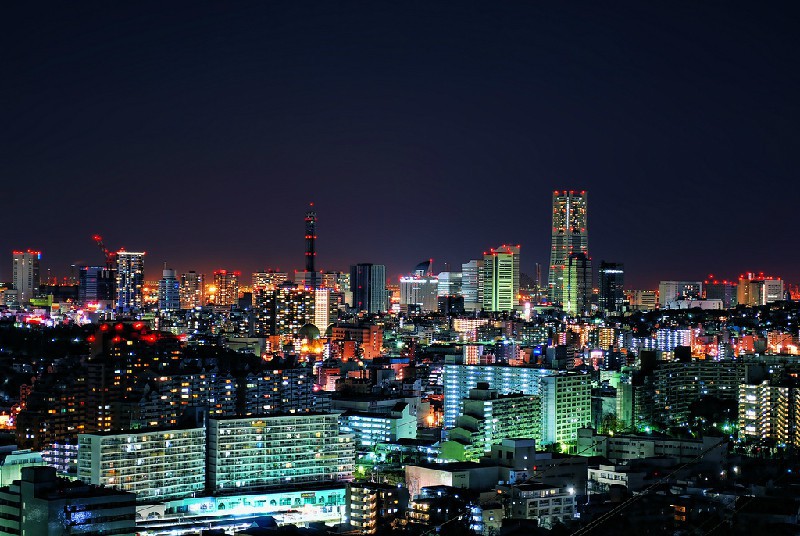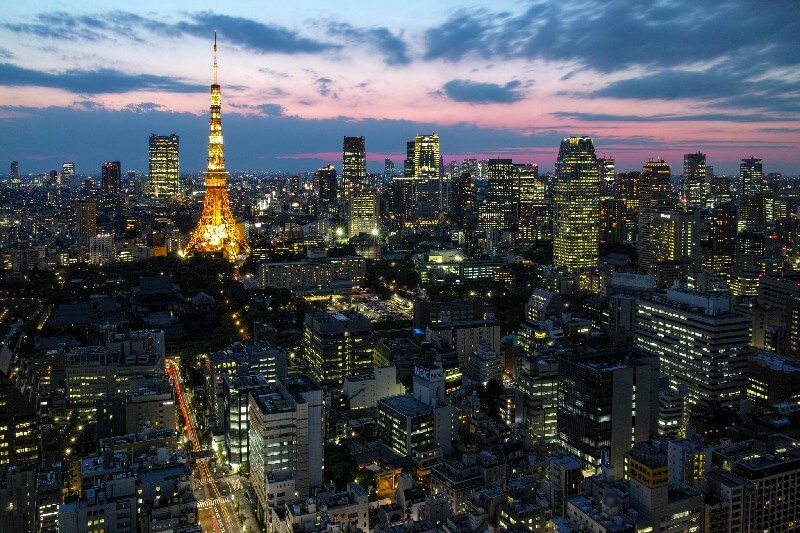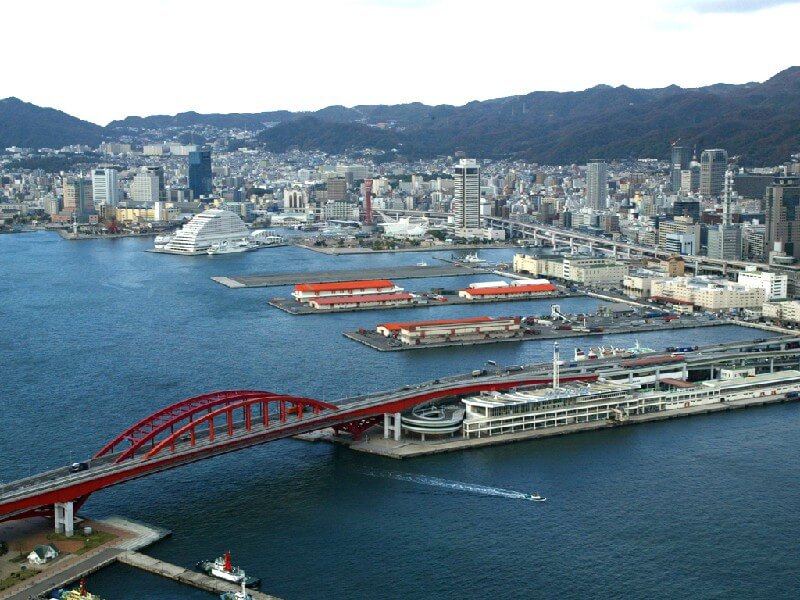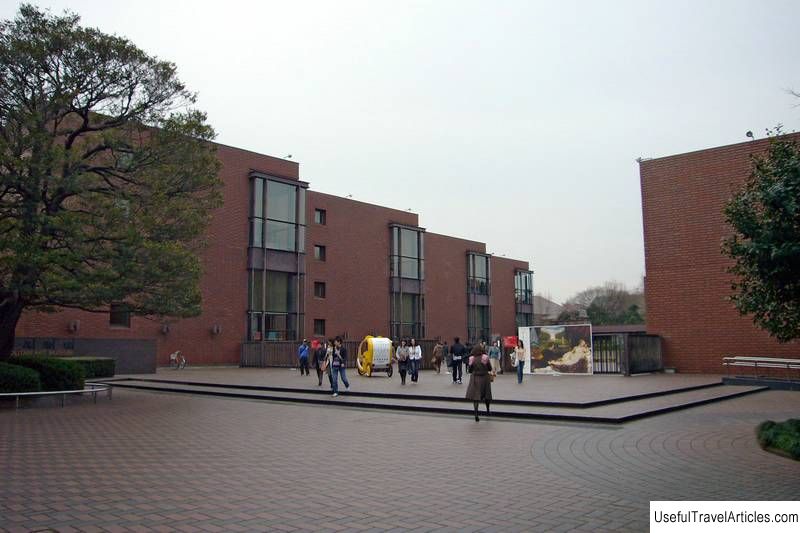Geography and Climate in Yokohama
Rating: 8,9/10 (2535 votes) 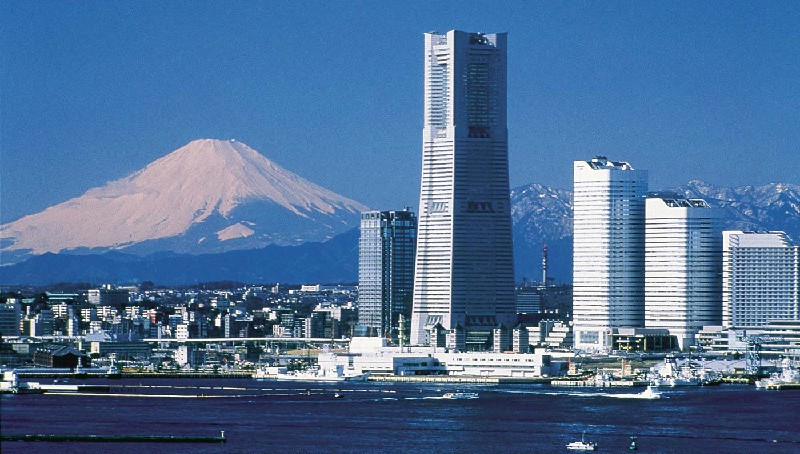 Yokohama is the second largest city in Japan and the capital of Kanagawa Prefecture. It is located on the shores of Tokyo Bay and is part of the Kanto region and the island of Honshu. There are no airports in Yokohama, and the nearest airports are Haneda and Narita in Tokyo. Some trains from Narita stop in Yokohama. One of the most profitable modes of transport here is the train to Nippori and the train to Yokohama. Their Hanedas can be reached by express trains to Yokohama, but it is worth remembering that such trains have several destinations. If the destinations include Kanazawa-Bunko or Shin-Zushi stations, then it will be possible to get to Yokohama. If the train route goes according to a different scheme, then you should change at the Keikyu-Kamata station. From Tokyo to the city there are several railway lines. Menan-Shinjuku trains leave from West Tokyo to Yokohama. Tokaido serves Shinigawa and Tokyo stations, from Akihabara and Ueno stations you can get to Yokohama by Keihin-Tohoku trains, and from Ebina station you can get to the city by Sotetsu trains. The climate of Yokohama is moderately continental, with mild to moderately warm winters, characterized by above-zero temperatures throughout the season. The average temperature of the winter season is +8 ° C. The summer season in the city is quite hot, which will appeal to vacationers who like to sunbathe. The average temperature in the summer season is +28 ° C. It is also worth remembering that most of the summer days are sunny, with little rainfall throughout the year. Average rainfall in Yokohama per month is no more than 20 millimeters. Time in Yokohama is 5 hours ahead of Moscow time.  We also recommend reading Geography and Climate in Borneo Topic: Geography and Climate in Yokohama. |
